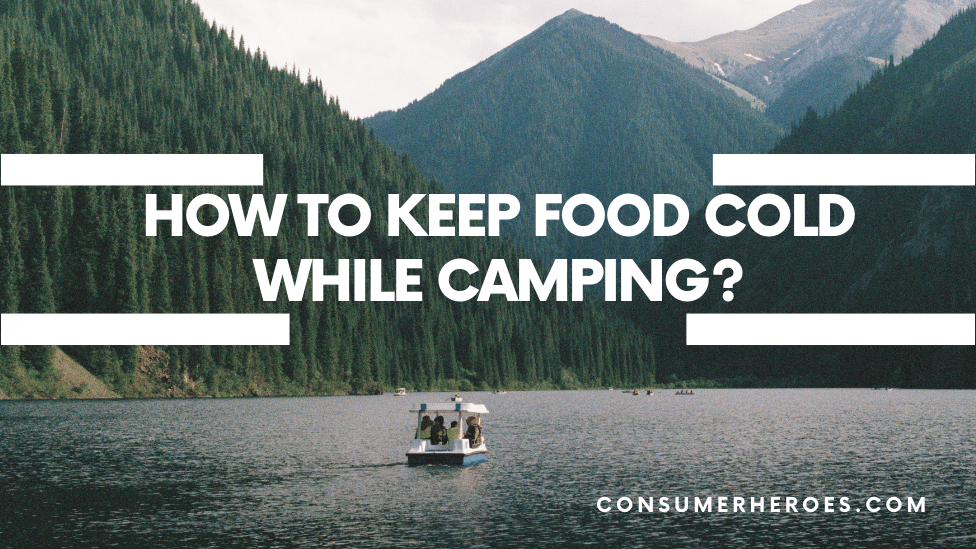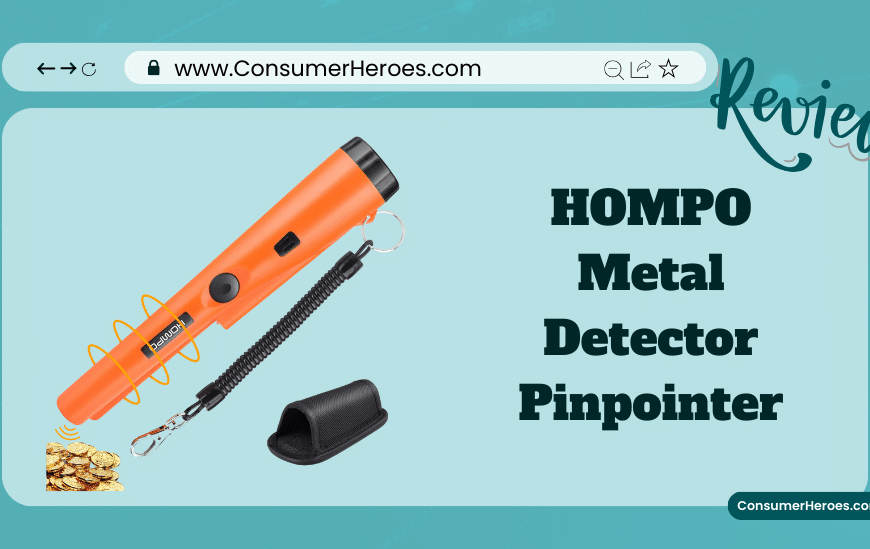When camping, keeping food cold is essential to prevent spoilage and foodborne illness. However, without access to a refrigerator, it can be challenging to keep food at a safe temperature. Fortunately, there are several methods for keeping food cold while camping.
One option is to use a cooler filled with ice or ice packs. It’s important to choose a high-quality cooler that can keep food cold for an extended period. Additionally, it’s recommended to pre-chill the cooler and its contents before adding food. When packing the cooler, be sure to place perishable items at the bottom and keep them separate from non-perishable items. Finally, keep the cooler in a shaded area and avoid opening it frequently to maintain a consistent temperature.
Another option is to use a portable refrigerator or freezer. These devices can be powered by electricity, propane, or even solar power. While they can be more expensive than a traditional cooler, they offer the convenience of being able to keep food cold for an extended period without the need for ice. It’s important to choose a model that is appropriate for the length of your camping trip and the amount of food you need to store.
Understanding the Basics of Food Preservation
Importance of Keeping Food Cold
Keeping food cold is critical when camping to prevent the growth of harmful bacteria that can cause foodborne illnesses. When food is left at room temperature, bacteria multiply quickly and can cause food to spoil. This can result in food poisoning, which can be dangerous and even life-threatening.
To ensure that food stays safe to eat, it is important to keep it at a temperature below 40°F (4°C). When camping, this can be challenging, as there is no access to a refrigerator. However, there are several methods that can be used to keep food cold, including using ice or cold packs, storing food in a cooler, and keeping food in a shaded area.
The Science Behind Food Spoilage
Food spoils when bacteria, yeasts, or molds grow on it. These microorganisms require certain conditions to grow, including moisture, warmth, and nutrients. When food is left at room temperature, it provides an ideal environment for these microorganisms to thrive.
The rate at which food spoils depends on several factors, including the type of food, the temperature at which it is stored, and the amount of moisture present. For example, meat and dairy products spoil more quickly than fruits and vegetables. Additionally, the warmer the temperature, the faster food will spoil.
To prevent food from spoiling, it is important to keep it at a temperature below 40°F (4°C). This can be achieved by using ice or cold packs, storing food in a cooler, and keeping food in a shaded area. By understanding the basics of food preservation, campers can ensure that their food stays safe to eat and enjoy a healthy and enjoyable camping experience.
Choosing the Right Camping Cooler
When it comes to keeping food cold while camping, choosing the right cooler is crucial. A good camping cooler will help keep your food fresh and prevent it from spoiling, ensuring that you have a safe and enjoyable camping experience. Here are some factors to consider when choosing a camping cooler.
Types of Camping Coolers
There are two main types of camping coolers: soft-sided coolers and hard-sided coolers.
Soft-Sided Coolers
Soft-sided coolers are lightweight and easy to carry, making them a popular choice for camping trips. They are made from materials such as nylon or polyester and are usually insulated with foam. Soft-sided coolers are ideal for short camping trips or day trips, but they are not as effective as hard-sided coolers at keeping food cold for extended periods.
Hard-Sided Coolers
Hard-sided coolers are more durable and better at keeping food cold for extended periods. They are made from materials such as plastic or metal and are usually insulated with foam. Hard-sided coolers come in a range of sizes and are ideal for longer camping trips or trips where you need to keep food cold for several days.
Factors to Consider When Buying a Camping Cooler
When choosing a camping cooler, there are several factors to consider:
- Size: Consider how much food you need to store and choose a cooler that is the right size for your needs.
- Insulation: Look for a cooler with good insulation to ensure that your food stays cold for as long as possible.
- Durability: Choose a cooler that is durable and can withstand the rigors of camping.
- Portability: Consider how easy the cooler is to carry and transport, especially if you plan on hiking or backpacking.
- Price: Camping coolers can range in price from under $50 to several hundred dollars. Consider your budget when choosing a cooler.
By taking these factors into account, you can choose a camping cooler that will keep your food cold and fresh, ensuring that you have a safe and enjoyable camping experience.
Effective Packing Techniques
Arranging Food Items
When packing food for camping, it is important to arrange the items in a way that maximizes the use of space and minimizes the risk of spoilage. One effective technique is to group similar items together in separate containers or bags. For example, all dairy products can be placed in one cooler, while fruits and vegetables can be stored in another. This not only makes it easier to find what you need, but also prevents cross-contamination.
Another useful technique is to pack items in the order they will be used. This means placing perishable items, such as meat and dairy, at the bottom of the cooler and non-perishable items, such as bread and snacks, at the top. This helps to ensure that the perishable items stay cold for as long as possible.
Using Ice and Ice Substitutes
One of the most important aspects of keeping food cold while camping is using ice or ice substitutes. It is recommended to use block ice instead of cubed ice, as it lasts longer and melts slower. Dry ice can also be used, but it should be handled with care and kept in a well-ventilated area.
Another option is to use ice substitutes, such as gel packs or frozen water bottles. These can be placed in the cooler alongside the food items and can help to keep them cold for longer periods of time.
It is important to note that the amount of ice or ice substitutes needed will depend on the size of the cooler and the length of the camping trip. As a general rule of thumb, aim for a 2:1 ratio of ice to food. Additionally, it is recommended to keep the cooler in a shaded area and to avoid opening it frequently, as this can cause the temperature inside to rise.
Alternative Methods to Keep Food Cold
When camping, it’s essential to keep your food cold to prevent it from spoiling. While traditional coolers are reliable, there are alternative methods to keep your food cold that are worth exploring.
Using Natural Resources
One of the most effective ways to keep food cold while camping is by using natural resources. Here are some options to consider:
- Cold Water – If you’re camping near a water source, you can submerge your food in a waterproof container and place it in the water to keep it cold.
- Shade – Find a shady spot to set up camp and keep your cooler out of direct sunlight. This will help keep the temperature inside the cooler lower.
- Burying Food – You can dig a hole in the ground and place your food in a waterproof container. Cover the container with a layer of dirt to keep it cool.
Portable Camping Refrigerators
Another option to keep your food cold while camping is by using a portable camping refrigerator. These refrigerators are designed to be lightweight and durable, making them perfect for camping trips. Here are some things to consider when choosing a portable camping refrigerator:
- Size – Consider how much food you need to store and choose a refrigerator that is the right size for your needs.
- Power Source – Portable camping refrigerators can be powered by different sources, including batteries, solar panels, or a car’s cigarette lighter. Choose a refrigerator with a power source that works for your camping setup.
- Temperature Range – Look for a refrigerator that can maintain a temperature range suitable for the food you’re bringing. Some refrigerators can also freeze food, which is helpful for longer camping trips.
By using natural resources or investing in a portable camping refrigerator, you can keep your food cold and fresh while enjoying the great outdoors.
Maintaining the Cold Temperature
When camping, it’s essential to keep your food cold to prevent spoilage and foodborne illnesses. Here are some tips to maintain the cold temperature of your food:
Regular Checks and Adjustments
Regularly check the temperature of your cooler to ensure that it’s staying cold enough. The ideal temperature for a cooler is below 40°F (4°C). Use a thermometer to check the temperature and adjust the ice or cooling packs as necessary.
If you’re using ice, make sure to drain the meltwater regularly. The meltwater can cause the temperature inside the cooler to rise, so it’s essential to keep it drained. Use a separate container to collect the meltwater and dispose of it properly.
Avoiding Common Mistakes
One common mistake when camping is overpacking the cooler. Overpacking can lead to poor air circulation and uneven cooling, which can cause some areas of the cooler to be warmer than others. To avoid this, pack the cooler with only what you need and leave some space for air circulation.
Another mistake is opening the cooler too frequently. Every time you open the cooler, warm air enters, and cold air escapes, causing the temperature inside the cooler to rise. To prevent this, plan ahead and take out everything you need at once.
Finally, make sure to keep the cooler in a shaded area to prevent direct sunlight from heating it up. You can also cover the cooler with a blanket or tarp to provide additional insulation.
By following these tips, you can maintain the cold temperature of your food and ensure that it stays fresh and safe to eat while camping.
Conclusion
Keeping food cold while camping is essential for maintaining food safety and preventing spoilage. There are several effective ways to keep food cold, including using ice packs, dry ice, and a quality cooler.
When choosing a cooler, it is important to consider the size, insulation, and durability. A high-quality cooler with thick walls and a tight-fitting lid will keep food cold for longer periods of time. It is also important to pre-chill the cooler and use ice packs or frozen water bottles to keep food cold.
Dry ice can be an effective option for keeping food cold for longer periods of time, but it requires special handling and can be dangerous if not used properly. It is important to follow safety guidelines when using dry ice and to use it in a well-ventilated area.
In addition to using ice packs and coolers, it is important to practice good food safety habits while camping. This includes keeping raw meat separate from other foods, washing hands and utensils thoroughly, and cooking food to the appropriate temperature.
By following these tips and using the right equipment, campers can keep their food cold and safe to eat while enjoying the great outdoors.







